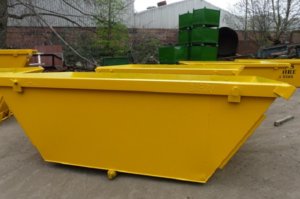Different Types of Spirit Levels

Spirit levels are an essential tool for anyone looking to ensure that a surface is perfectly level. They’re used by builders, plumbers, carpenters and DIY enthusiasts in all sorts of projects around the home. But did you know that there are different types of spirit levels? Each type has its own advantages and disadvantages depending on the task at hand.
In this article, we will take a look at the various types of spirit levels available so that you can choose the one best suited to your needs. From traditional bubble-type models to digital versions with advanced features such as laser alignment, each option offers something unique when it comes to accuracy and convenience. Let’s explore them now!
1- Bubble Levels:
The classic version of the spirit level is the bubble-type. This is a short instrument with an acrylic tube containing a liquid and two vials, typically at either end or in the center. When put on a flat surface, air bubbles trapped within this fluid move to indicate whether the surface is level or not. These are traditional models that have been used for centuries but remain a popular choice today due to their accuracy and ease of use.
2- Digital Levels:
If you’re looking for something more technologically advanced, then digital levels may be worth considering. These come with screens which display measurements digitally as well as audible alarms which sound when surfaces reach equilibrium. They also feature built-in laser alignment which helps to ensure that surfaces are perfectly level even over long distances. Generally, these levels are considerably more expensive than their traditional counterparts but offer the highest level of accuracy and convenience.
3- Box Levels:
Another popular type of spirit level is the box level. This consists of a wooden or metal box with two bubble tubes set in it – one at either end, usually in a cross pattern. The tubes can be read from either side and give an indication of whether a surface is plumb or not. Box levels are generally used by professionals such as carpenters due to their high accuracy and durability; they’re also relatively affordable compared to digital models.
4- Magnetic Levels:
Finally, there are magnetic levels which feature powerful magnets on the edges which attach to metal surfaces and give a precise indication of whether they are level or not. These are great for jobs in tight spaces as the magnets allow you to ‘hang’ the level on any metallic surface without having to hold it in place. They are also incredibly accurate and require no battery power, making them an excellent choice for those needing precision in their work.
These are just some of the different types of spirit levels available; there are many more out there designed for specific tasks such as measuring angles or calculating distances between points. Whichever type you choose, make sure that you buy one with high accuracy specifications so that your results will be reliable every time. All levels should come with clear instructions on how to use them correctly, so make sure to read the manufacturer’s guidelines carefully before using them. With a spirit level, you can ensure that any project is perfectly level and accurate every time!






